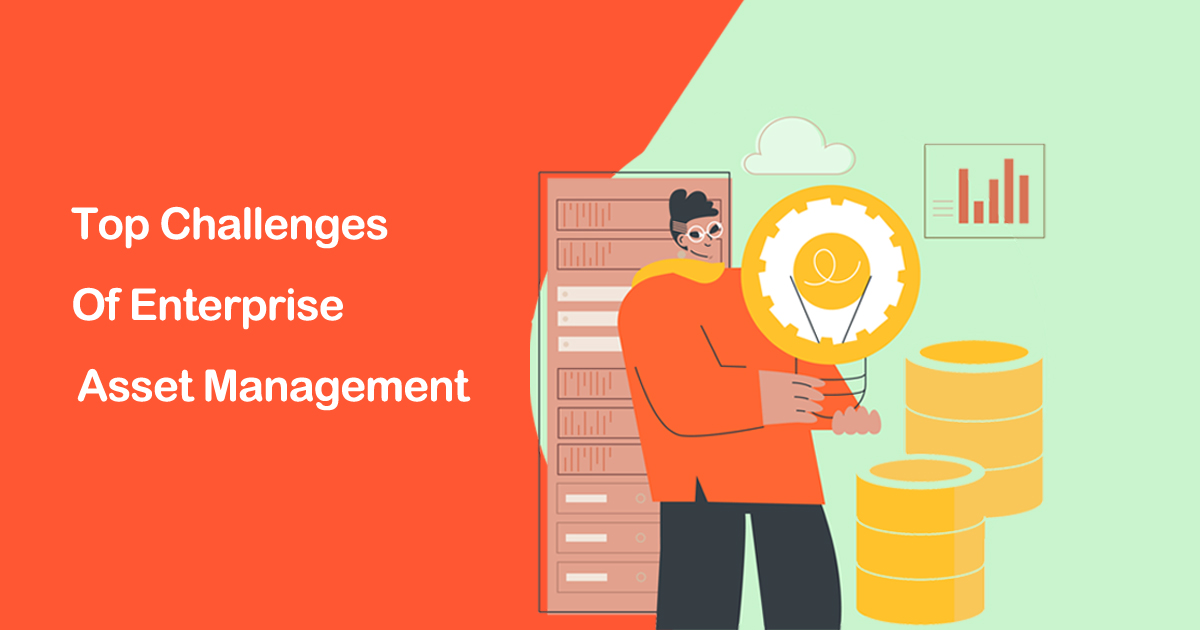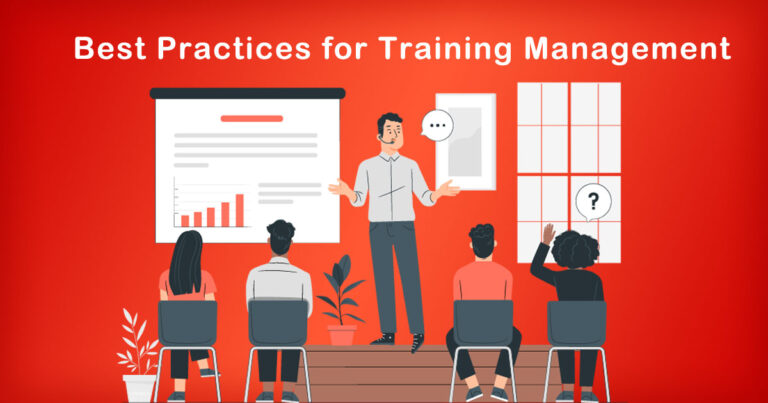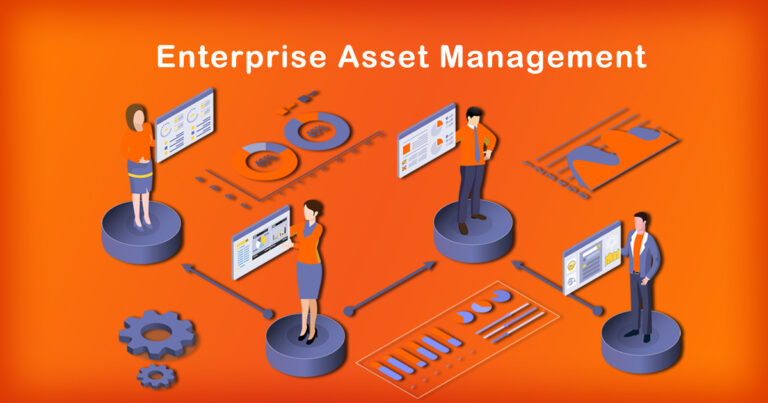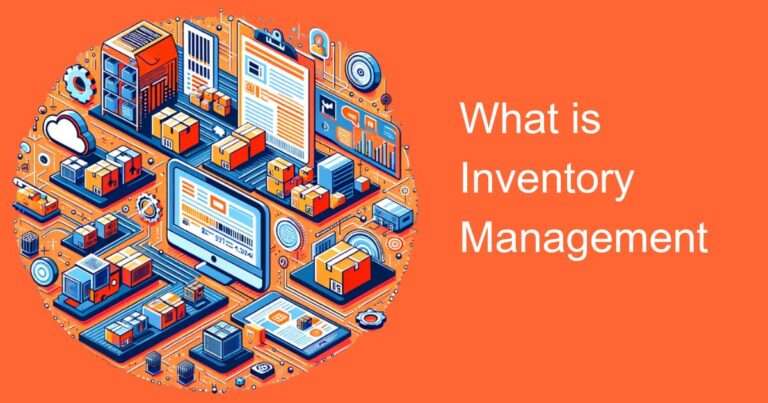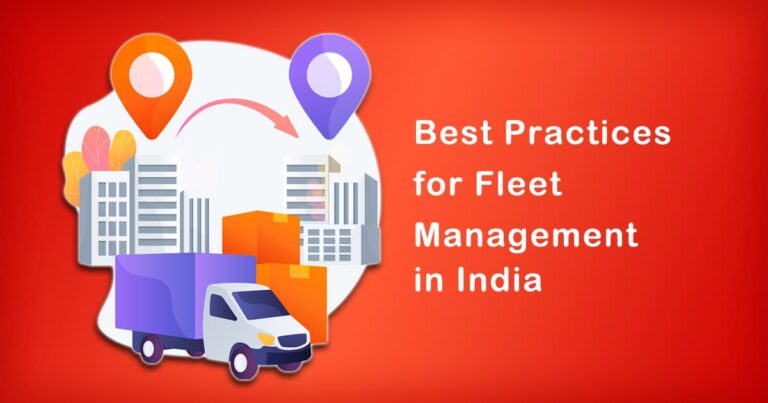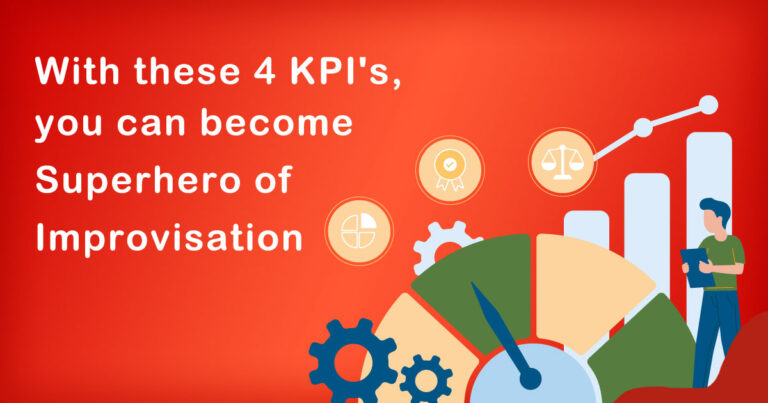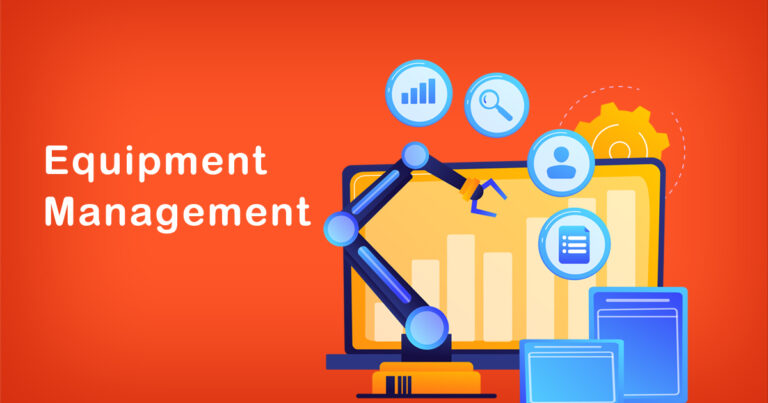Introduction
Enterprise Asset Management (EAM) is a critical aspect of any business as it helps companies effectively track, maintain, and optimize their assets. However, despite its importance, implementing an EAM system can present several challenges. In this article, we will discuss some of the most common challenges faced in enterprise asset management and how they can be overcome.
Data Accuracy
One of the biggest challenges in EAM is data accuracy. EAM systems rely on accurate and up-to-date data to make informed decisions. However, collecting and maintaining accurate data can be a daunting task, especially for organizations with a large number of assets spread across multiple locations. To overcome this challenge, companies can establish standard procedures for data collection, validation, and maintenance. In addition, they can also invest in automated data collection technologies, such as barcode scanning or RFID tagging, to reduce the chance of human error.
System Integration
Another challenge in EAM is integrating the system with existing systems and processes. EAM systems often need to be integrated with other systems such as ERP, CMMS, or SCADA. This can be a complex and time-consuming task, and requires a thorough understanding of the existing systems and processes. To overcome this challenge, companies can work with experienced EAM vendors who have the expertise to integrate the system with existing systems.
Data Security
A third challenge in EAM is data security. EAM systems store sensitive information such as asset details, maintenance schedules, and financial data. This makes them a prime target for cyber attacks. To overcome this challenge, companies can invest in robust security measures such as encryption, firewalls, and user authentication to protect their data.
Lack of Standardization
Another challenge in EAM is the lack of standardization and alignment with industry best practices. Many companies develop EAM systems in-house, which leads to the use of different terminology, data structures, and workflows. This can lead to confusion and make it difficult to share data and collaborate with other organizations. To overcome this challenge, companies can adopt industry standard frameworks and best practices, such as ISO 55000, to ensure their EAM system is aligned with industry standards.
Change Management
Finally, one of the biggest challenges in EAM is change management. Implementing an EAM system can be a major change for an organization, and employees may be resistant to the change. To overcome this challenge, companies should involve employees in the implementation process and provide training to ensure they understand the benefits of the EAM system and how to use it effectively.
Conclusion
In conclusion, enterprise asset management is a critical aspect of any business. However, implementing an EAM system can present several challenges such as data accuracy, system integration, data security, standardization and alignment with industry best practices, and change management. By understanding these challenges and implementing effective solutions, companies can overcome these challenges and fully realize the benefits of an EAM system.


